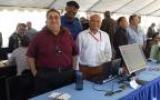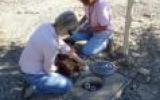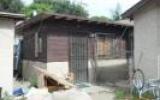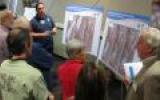CAPE Technicians Prevent Groundwater Contamination
We all need water to survive, but what would we do if our drinking water became contaminated? Fortunately, that’s not a worry, thanks to Civil Engineering Technicians from the Department of Public Works Water Resources Division.
Dozens of feet below us, groundwater aquifers contain massive amounts of fresh water that is purified for use as drinking water for the local population and in industrial applications. However, in coastal communities, where sea water threatens to intrude and contaminate these fresh water sources, the solution is LA County’s Seawater Intrusion Barriers. These barriers span more than 17 miles at three different locations across the County: the West Coast Project along the South Bay, the Dominguez Gap Project to the west of Long Beach, and the Alamitos Gap Project to the east of Long Beach. DPW technicians constantly monitor a network of hundreds of observation wells in an effort to detect contamination or salt water intrusion. This is done by sending a water sample tube down an observation well and taking samples of the ground water. Once these samples have been collected, they are sent to the County’s Alamitos facility where a technician performs a process known as titration, which tests for chloride presence, an indicator of salt water intrusion in the water. Based on these results, Water Resources Division personnel can determine if there is a need to inject fresh water into the barrier’s injection wells to protect our fresh water resources. Thanks to the efforts of these Civil Engineering Technicians at DPW, we can rest assured that our vital water supplies are safe.
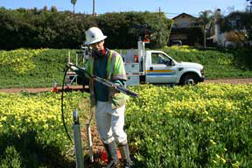 |
|
| CAPE member Kevin Smith prepares to take a groundwater sample. |
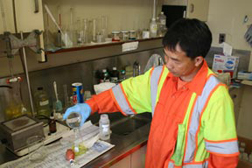 |
|
| CAPE member Thu Trinh performs the titration (testing) process. |
[CAPE Members: Please share this website with non-members at your work location]
©CAPE [Terms of Use]






